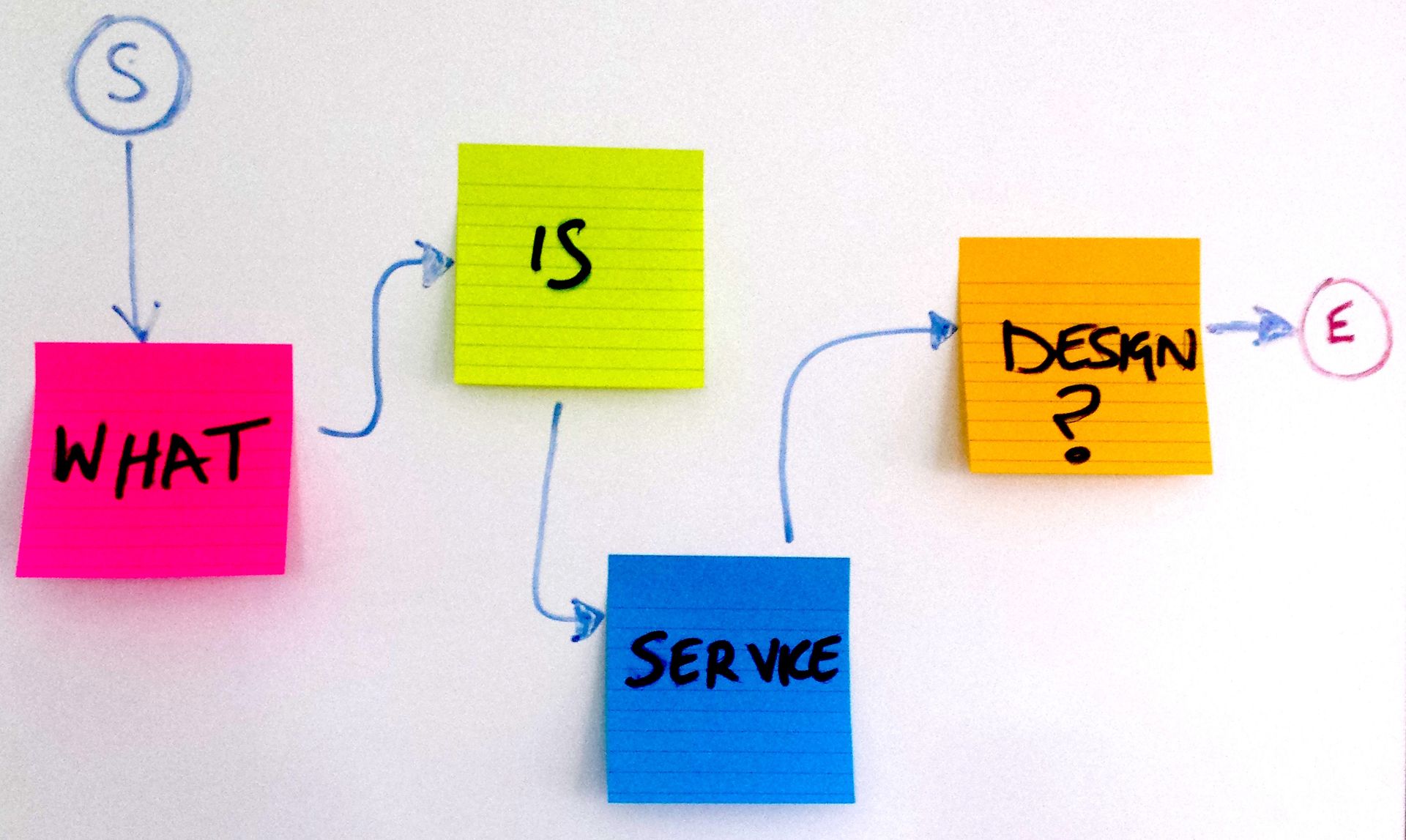Using Frameworks like ITIL, COBIT & SFIA to inform Technology Organisation Design
Accelerate your Design by utilising structured frameworks

Structured frameworks like ITIL (Information Technology Infrastructure Library) and COBIT (Control Objectives for Information Technology) provide a number of benefits when used as the basis for technology organization design.
Straight out of the box, these frameworks provide a common language and a set of best practices that can be used to guide the design of technology organizations. This can help to ensure consistency of meaning within the design team, customers and suppliers and that the design is consistent and aligned with industry standards and best practices, as well as with the specific needs and goals of the organization.
Further advantage is derived from the fact that both ITIL and COBIT provide structured approach for identifying and addressing the key challenges and risks associated with technology organization design. By following the processes and guidelines outlined in these frameworks, organizations can implement effective risk management strategies and ensure that their technology organizations are designed and operated in a reliable and secure manner.
In addition, these frameworks can also help organizations to optimize their technology resources and improve efficiency. By following structured guidance contained within these frameworks, organizations can identify and implement best practices for managing, utilizing and improving their technology capabilities, which can help to reduce costs and improve productivity.
Both COBIT and ITIL also align to SFIA (Skills Framework for the Information Age) a framework for describing and categorizing the skills and competencies required for successful performance in IT roles.
Aligning COBIT, ITIL and SFIA can provide a number of benefits for organizations. Top of the benefits list is helping to ensure that the skills and competencies of the IT workforce are aligned with the needs and goals of the organization.
By matching the skills and competencies defined in SFIA with the best practices outlined in COBIT and ITIL, organizations can identify the specific skills and competencies that are needed to effectively deliver and support IT services.
In addition alignment can also help organizations to better understand and manage the risks and challenges associated with IT. By matching the skills and competencies of the IT workforce with the best practices outlined in COBIT, organizations can identify and address any potential vulnerabilities or weaknesses in their IT infrastructure, and implement more robust and secure approaches for managing and protecting their IT assets.
Overall, the benefit of using structured frameworks like ITIL, COBIT and SFIA as the basis for technology organization design lies in their ability to provide a common language, a set of best practices, and a structured approach for guiding the design and operation of technology organizations. By following these frameworks, organizations can gain the guidance and resources needed to effectively design and operate technology organizations that meet their specific needs and goals.
Thoughts on Service Design and Operating Models






